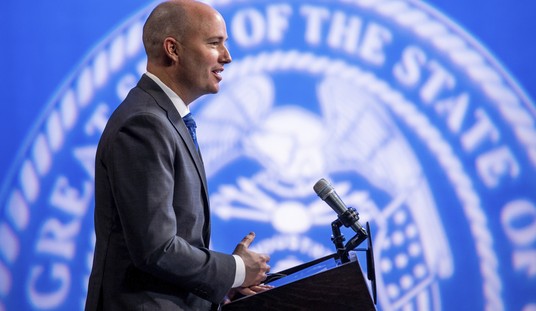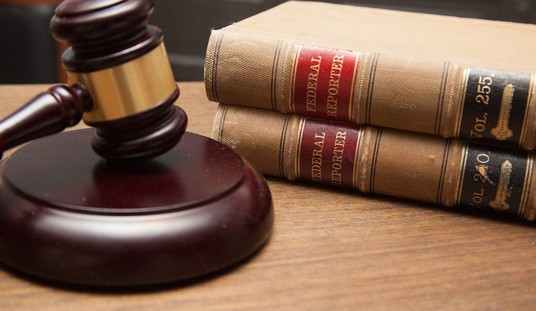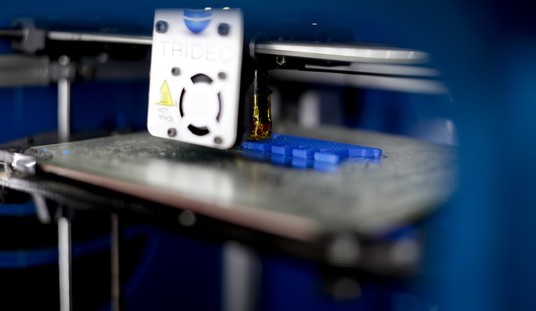The Washington State Patrol was forced to respond to a minimum security prison Wednesday evening after hundreds of inmates demonstrated and threatened to set fire to the facility. KOMO-TV reports that the unrest began after several inmates tested positive for the coronavirus.
Suzy, whose son is one of the inmates at the prison, told KOMO NewsRadio she could hear shouting and the anger in the background when she was talking to her son.
“There’s fear and frustration building inside this minimum security unit,” she said. “And I’ve been there for visits twice a week for a long time and its pretty mellow and quiet in there most of the time I was shocked to hear them tonight with all the loud yelling and anxious sounding… the anger and frustration that’s been building in that unit.”
According to authorities, the original security response failed to quell the disturbance, which is when the Washington State Patrol was called in to provide backup.
Additional security units responded, and over half of the men started complying with their orders, while others continued to ignore their directions, officials said. Sting balls were deployed and the prisoners stopped destroying the two housing units, authorities said.
No jail staffers or prisoners were injured during the disturbance and both housing units were fully evacuated.
Thankfully no one was hurt in the riot, but this may just be a prelude to more unrest in jails and prisons in the days and weeks ahead as the coronavirus spreads behind bars. Incidents like this may also spur calls to release more inmates as the coronavirus sweeps through penal institutions. As the Los Angeles Times reports, the disease has been reported in at least three California prisons, and federal judges are weighing a plan to release thousands of inmates before their sentences are up.
At a hastily called status conference on California prisons amid the pandemic, a federal judge Monday told lawyers for the state to provide information on whether current plans to release some 3,500 inmates up to 60 days early could be tripled, allowing inmates to leave prison six months early. “I don’t see any difference between 180 days and 60 days” in terms of public safety, said U.S. District Judge Jon Tigar. “I see proximate release dates as low-hanging fruit.”
Tigar was part of a panel of three judges that on Saturday said it lacked authority to order mass prison releases and directed inmates’ lawyers to take their case to individual courts.
More infections could lead to more unrest, which could in turn lead to more releases of those currently incarcerated. It’s a vicious cycle, and unfortunately I don’t think we’ve seen the worst of it yet.









Join the conversation as a VIP Member